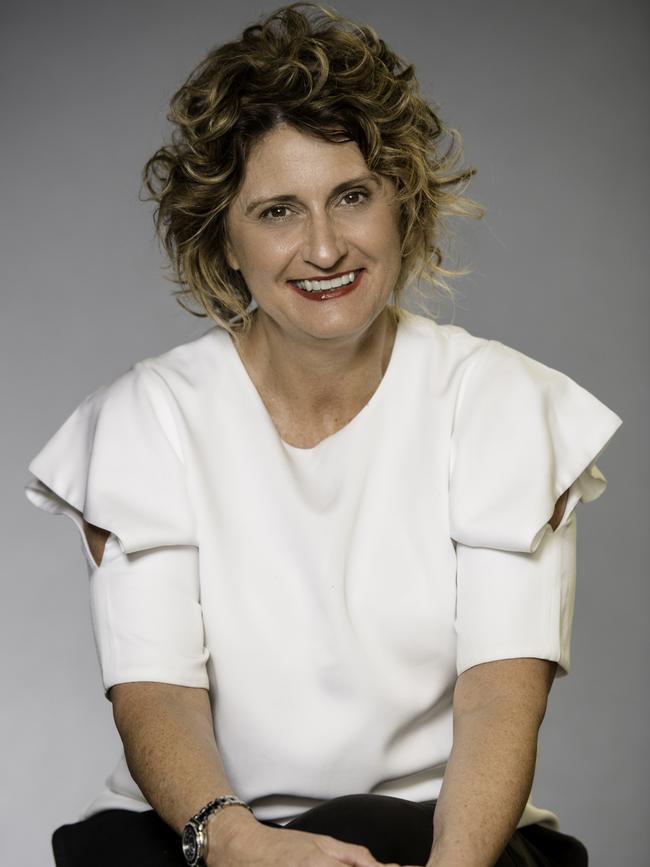Kids Helpline calls to skyrocket after bushfire crisis
Kids Helpline is preparing for a major spike in children and teens calling through in the next two years, following the devastation caused by bushfires across the country.
National
Don't miss out on the headlines from National. Followed categories will be added to My News.
Exclusive: Kids Helpline expects to deal with a 20 per cent spike in the number of children and teens traumatised by the devastation caused by the bushfires crisis over the next two years.
It comes as new data shows demand for help from the country’s only free 24/7 phone and online counselling service for young people is rising every year, and nearly 400 attempted contacts across Australia go unanswered daily.
Calls are also three times longer and more complex, with children as young as nine considering suicide.
Kids Helpline Chief Executive Tracy Adams said they would be adding counsellors to deal with rising demand and had prioritised contacts from the communities impacted by the fire devastation in recent weeks.
“This time of year can be a very busy time, it comes with normal anxieties; transitioning back to school, for some children going to new school and leaving peer groups behind, challenging times in terms of financial back-to-school costs,” she said.
“And this year we know we are going to have young people whose school they thought they were going to is no longer there.”


“In real terms, between now and the next two years, we are going to have to be very aware of the demand – and we are preparing for it.
“This is a significant event and we are internally now rebuilding our resources to particularly target on national disasters and ensuring we are updating our grief strategies.”
Ms Adams said right now most families impacted by the fires were focused on the essentials but over the next 24 months grief would start to manifest as young people and their families adjust to new realities.
In some cases, trauma may present as something very different and it can take the counsellors some time to work out the context.
Kids Helpline said there were five consistent reasons children and young people sought help.
These include mental health, emotional wellbeing, family relationships, suicide-related and friend related.
Ms Adams said in recent years the real change had been in the growth of complexity of the calls received.

“Our response times have been impacted as counsellors are having to spend considerable time with young people – they are taking about three times longer,” she said.
“We have significant presentations of young people around suicide, right from young people in the act of harming themselves or who are preparing to,” she said, adding she has seen a rise of self-harm in younger age groups.
“We have presentations as young as nine years old – obviously that is deeply concerning.
“What is concerning is that they are in crisis at that point and it has gone unnoticed or disregarded.”
Data collated for News Corp Australia revealed the most common reasons under 14s were contacting Kids Helpline with suicide intent were family relationships and bullying from school peers.
Last year there were 290,144 attempts to contact the counselling service with 151,158 answered, 1,690 duty of care interventions and 46,430 web chat sessions.
MORE NEWS
Sleeping Beauty proposal goes viral
New York’s touching tribute to bushfire crisis
Of the contacts 76.4 per cent were female, 21.5 per cent were male and 2.1 per cent were gender diverse.
The highest number of calls came from NSW with 30 per cent, Victoria was 25 per cent, Queensland, 21 per cent, WA, eight per cent, South Australia, six per cent and Tasmania 4.5 per cent.
Ms Adams said parents concerned about children traumatised from the fires should be aware of unusual behaviour.
“Look out for changes in behaviour in children, if all of a sudden you feel like they are quieter, they don’t like to do things they did before or they have separation anxiety,” she said, adding to keep an eye out for anxious, fearful, hesitant or nervous behaviour – particularly if it is not usual.
“Try and create a space where young people feel like they can raise it and let them know that having that conversation and auctioning that grief is normal.”
